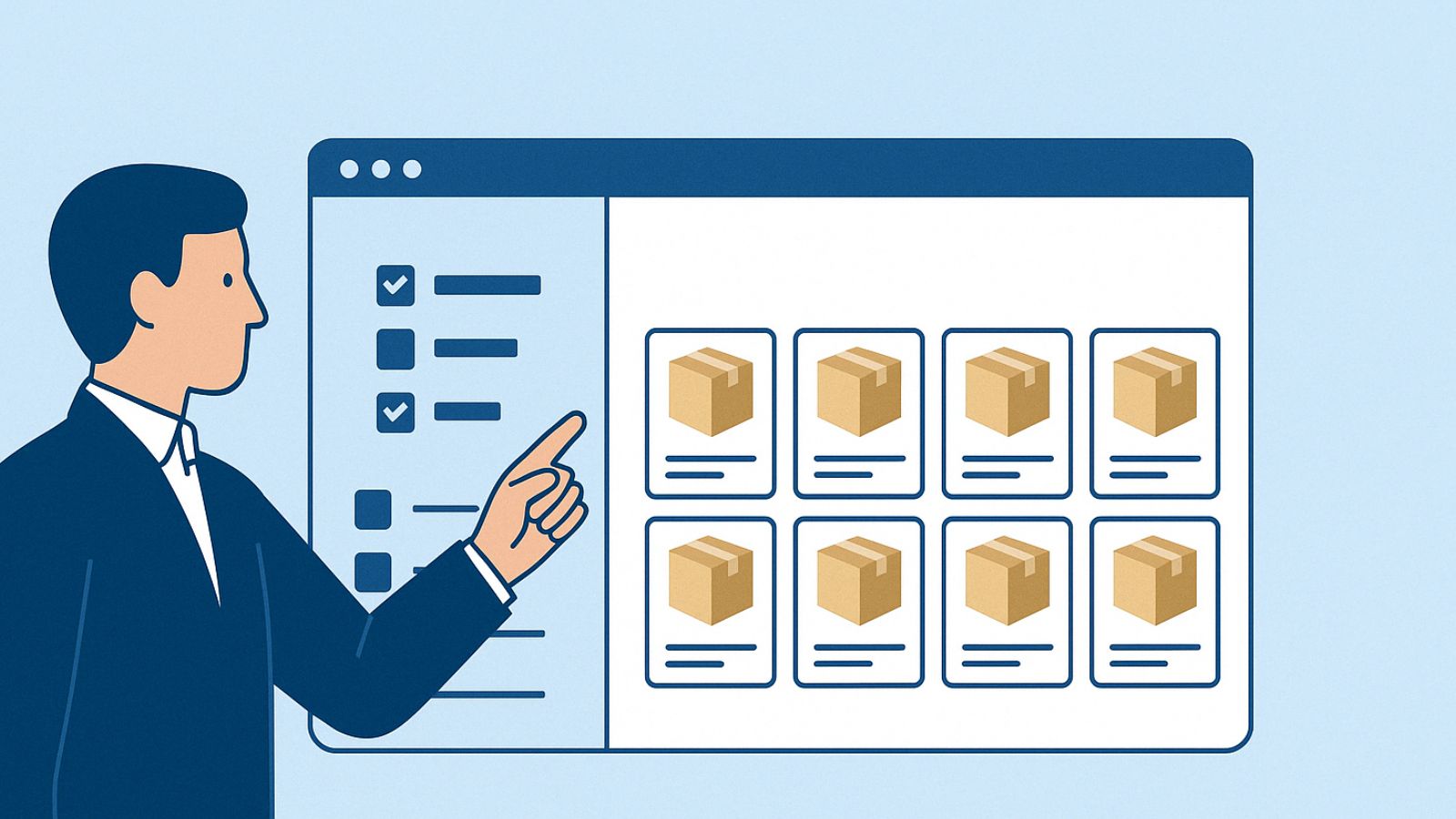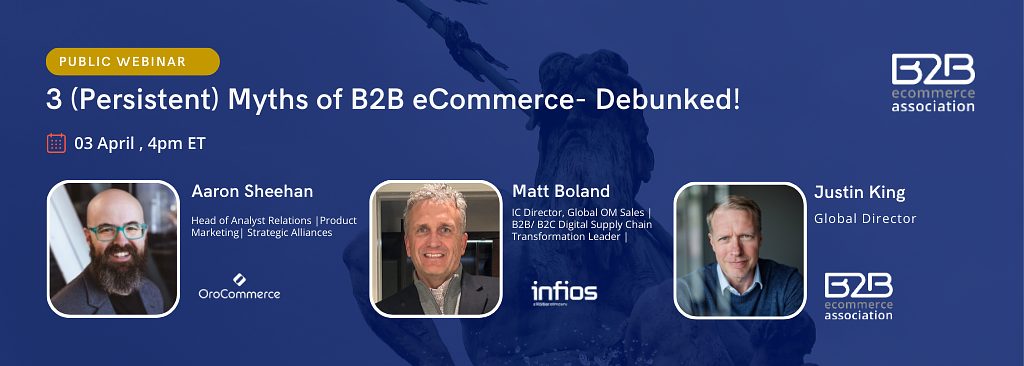Thinking about going headless with your B2B eCommerce Platform? Here’s what you need to know
In its most basic sense, the term ‘headless’ means that the frontend or user interface is separated from the backend (i.e. the head isn’t there). This also means that your backend system won’t assume anything regarding the customer experience that it delivers, allowing your business to customise at a whole new level.
Separating the backend from the front might sound like a headache, but in a lot of ways, it’s the key to the flexibility and agility you might require to create an amazing customer experience for your B2B buyer.
Under a headless commerce system, you can present content and functionality as APIs, which means they’re more flexible and capable of supporting many different customer experiences (through your website, a mobile app, social media, etc) all from a single system. So ironically, by going headless, you can have multiple heads.
To compare, some platforms are put together as a package with everything tightly bundled together. If you want to make changes to the backend, it means everything has to change, because it’s all connected. It can be time-consuming and complex. Having the disconnect allows each piece to be developed and managed independently.
Why headless commerce could benefit your B2B business
It might be time to migrate from your legacy system and consider going headless if:
You feel like you don’t have control of your customer experience.
Your business can interact and communicate with buyers in a variety of ways including your website, emails, branches (if you have them), using social media or an app, etc. With so many channels, it’s important to have a consistent experience, no matter which method your buyers purchase through. Sometimes that results in spending a lot of time trying to build an experience for each individual channel.
Your site performance isn’t spectacular.
A clunky, slow site can frustrate buyers and become a barrier, leading to lost sales or losing them as a buyer completely. If you’re unable to scale with demand or if high traffic volumes during peak buying periods cripple your site, you might need to consider alternatives.
Making changes is just too hard.
Do you have a backlog of upgrades or UX changes you really should make? Falling behind your competitors because everything gets bottlenecked with poor workflow and slow processes? Getting anything produced and live takes too long.
You’re missing out on solutions that could genuinely benefit your business.
There are so many solutions out there from payments to analytics, content management and everything in between, but you’re restricted to using only the plugins your platform allows. You’re missing out on harnessing the power of the data you already have because you’re confined to a rigid and slow template.
If these sound painfully familiar, headless commerce might be for you. And while change can be difficult, it can also bring big benefits. In particular, you get:
- Speed– going headless means you can make changes and push information live faster than ever and you’ll also get a speedier front end, so even during peak buying periods, your clients or buyers won’t experience a slow system.
- Baby steps– because the front and back end are decoupled, you can start the migration process one piece at a time. No need to completely scrap your legacy system and start from scratch. It’s small steps to a big change.
- Creative freedom– because you’ve separated the front and back ends, you can take far more liberties with the tools and solutions you actually want, not the ones you’re given. You can pick what you want (and will actually use) and when you need to update or change the tools individually, there’s no interference with the backend.
- Scalability– because your solutions aren’t tied together, you can scale any component individually as needed.
- Customisation– no need to use a cookie-cutter template that wasn’t designed for your specific business. You can easily add in personalised content, products, search results, whatever you want.
Ready to take the leap? Here’s what you need to consider.
Making the move to any new platform, especially one that reorchestrates your entire architecture is a big leap. It means you’ll need buy-in from the business and a clearly defined strategy. Planning is everything. Will you move from the old system entirely in one go or replace it in pieces? Which do you migrate first, the front or back end? Think of your business’s specific challenges and what provides the most value.
It’s also important to look at how these changes will affect your business internally. How will these changes affect your entire business and not just the development team? Are there little barriers that may develop between your development and marketing teams?
Do your research and know what model is most suitable for the business and what will bring value.. The flashiest option on the market might not be what you actually need.
If you feel like headless commerce could be a viable option for your business, check out some of our recommended B2B eCommerce agencies and get in touch for more information.









